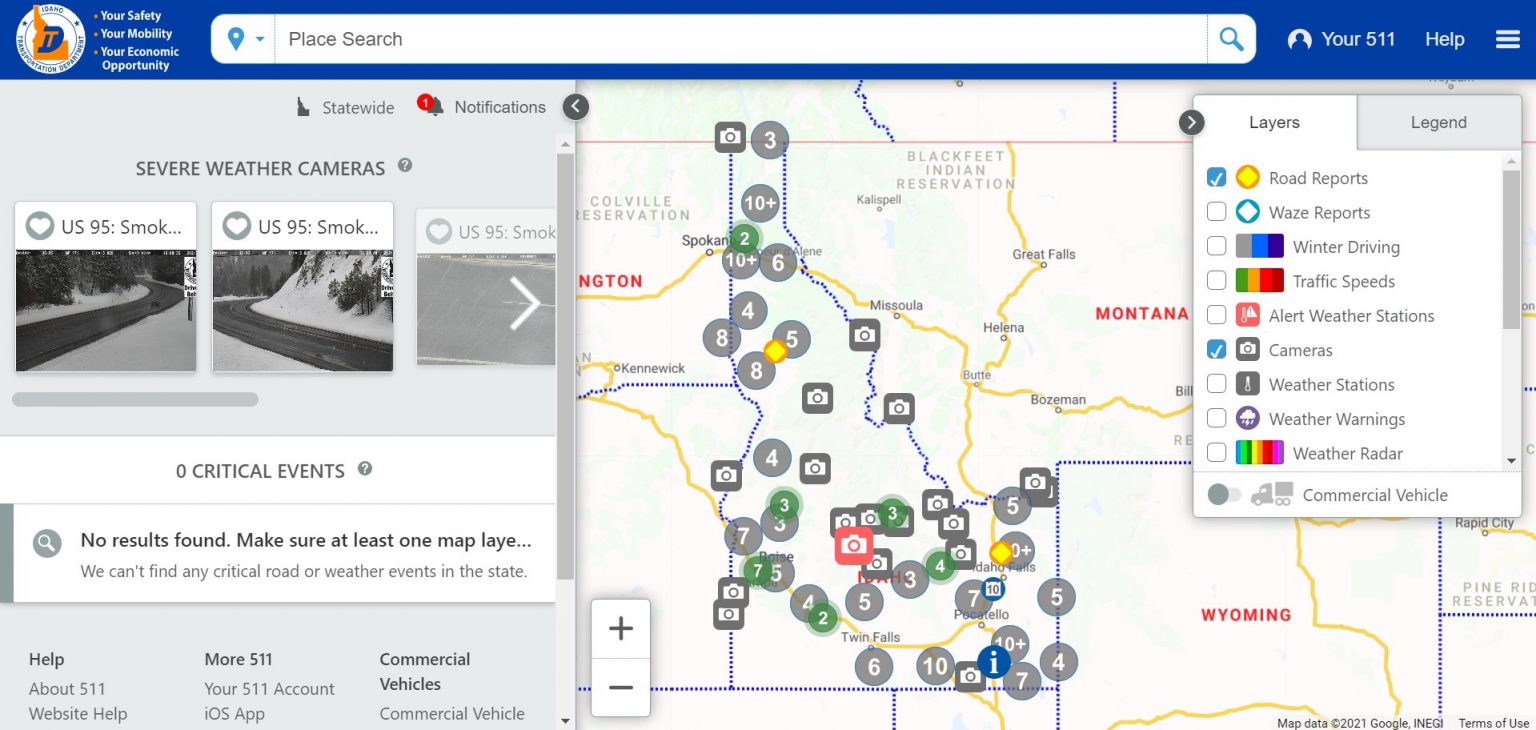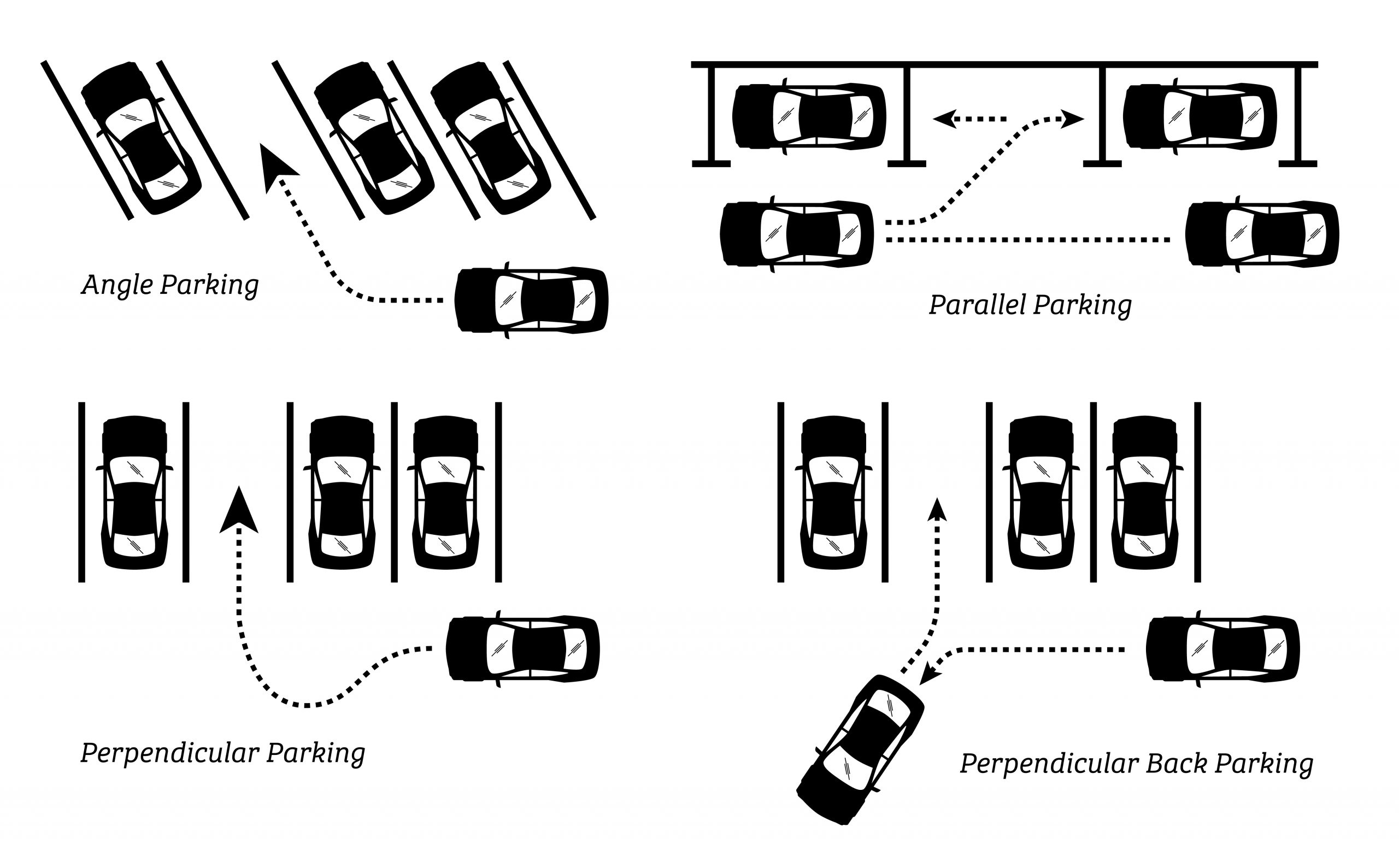Idaho Parking: Finding Your Spot, No Matter Your Wheels

Finding a parking spot in Idaho can be a real pain, especially in bustling cities like Boise or Coeur d’Alene. But imagine that struggle amplified if you rely on a wheelchair, crutches, or have other mobility challenges. That’s where accessible parking spots come in, those coveted blue-painted spaces that offer a lifeline to independent mobility.
This article is your guide to navigating the world of accessible parking in Idaho. We’ll cover everything from the basics of what constitutes an accessible spot to the rules and regulations you need to know. We’ll even delve into some common questions about accessible parking, so you can feel confident and empowered when you hit the road.
Related Articles: Idaho Parking: Finding Your Spot, No Matter Your Wheels
- Colorado On A Budget: Top 10 Free Parking Spots For Your Next Adventure
- GSU Parking Wars: Winning The Free Spot Battle
- NYC On A Budget? Parking Doesn’t Have To Break The Bank!
- Sandpoint Parking: Navigating The Scenic City’s Streets
- Wheelchair-Friendly Fun: Navigating Accessible Parking At Centennial Olympic Park
What’s an Accessible Parking Spot, Anyway?
Accessible parking spots, sometimes called handicapped parking spaces, are designated areas in parking lots and garages designed for people with disabilities. They’re typically located closer to entrances and exits, making it easier for people to get in and out of their vehicles. These spaces aren’t just about convenience; they’re about promoting independence and inclusivity.
The Nitty-Gritty: Idaho’s Accessible Parking Laws
Idaho, like many other states, has specific laws in place to ensure accessible parking spots are available and used correctly. Here’s the lowdown:
- Placards and Plates: To park in an accessible spot, you need a valid disability parking placard or license plate. These are issued by the Idaho Department of Motor Vehicles (DMV).
- Who Qualifies?: Individuals with a permanent or temporary disability that limits their ability to walk are eligible for a placard or plate. This could include conditions like arthritis, cerebral palsy, multiple sclerosis, or other conditions affecting mobility.
- The Fines: Parking in an accessible spot without a valid placard or plate can result in a hefty fine. It’s not worth the risk!
- Accessibility Features: Accessible parking spots are often accompanied by features like curb ramps, wider parking spaces, and accessible van loading zones. These features are designed to make it easier for people with disabilities to safely enter and exit their vehicles.

Beyond the Basics: The Do’s and Don’ts of Accessible Parking
While the rules are pretty straightforward, there are a few things to keep in mind to ensure you’re using accessible parking respectfully and responsibly:
Do:

- Display Your Placard: Hang your placard from your rearview mirror, ensuring it’s visible to others.
- Park within the Lines: Make sure your vehicle is fully within the designated accessible parking space. This ensures ample room for wheelchair users to maneuver.
- Be Patient: If you see someone struggling to get into or out of their vehicle, offer a helping hand. A little kindness goes a long way!
- Report Abuse: If you see someone parking in an accessible spot without a valid placard, report it to the authorities.

Don’t:
- Park in an accessible spot without a placard: This is illegal and disrespectful to those who need these spaces.
- Block the accessible aisle: This aisle is designed for wheelchair users to safely navigate between vehicles.
- Park in a van loading zone: These zones are specifically for vehicles equipped with wheelchair lifts.
- Park in a fire lane: Fire lanes are vital for emergency vehicles.
Where to Find Accessible Parking in Idaho
Finding accessible parking in Idaho is generally pretty straightforward. You’ll find designated spots in most parking lots and garages, including:
- Shopping Centers: Look for blue-painted spaces near entrances.
- Government Buildings: Accessible parking is typically located near the main entrance.
- Hospitals and Clinics: Accessible parking is usually located in designated areas close to entrances.
- Parks and Recreation Areas: Many parks and recreation areas have accessible parking.
Navigating the Digital Age: Apps and Resources
In today’s tech-driven world, there are numerous resources to help you find accessible parking. Here are a few handy tools:
- Google Maps: Google Maps allows you to filter for accessible parking when searching for businesses or locations.
- ParkMobile: This app allows you to pay for parking and often includes information on accessible parking availability.
- Accommodations.com: This website provides information on accessible parking at hotels and other accommodations.
FAQ: Your Accessible Parking Questions Answered
Q: What if I’m temporarily disabled?
A: You can apply for a temporary disability placard if your disability is expected to last for less than six months.
Q: Can I park in an accessible spot if I’m picking up someone with a disability?
A: No, you must have a valid placard or plate to park in an accessible spot.
Q: What if I see someone parking in an accessible spot illegally?
A: You can report the incident to the authorities. Contact the local police department or parking enforcement agency.
Q: Can I get a parking permit for my home?
A: In some cases, you may be eligible for a parking permit for your home. Contact your local government or DMV for information.
Q: What if I need a wider parking space for a van or larger vehicle?
A: You may be eligible for a larger, van-accessible parking space. Contact the DMV for information.
Q: Where can I find more information about accessible parking in Idaho?
A: The Idaho Department of Motor Vehicles (DMV) website is a great resource for information on accessible parking. You can also contact your local DMV office for assistance.
Final Thoughts: Parking for Everyone
Accessible parking is a vital aspect of creating a truly inclusive society. By understanding the rules, respecting the designated spaces, and being mindful of those with disabilities, we can ensure everyone has the opportunity to access the places they need to go. So, the next time you’re searching for a parking spot, remember those who rely on these spaces for their independence. A little consideration goes a long way.

Closure
Thus, we hope this article has provided valuable insights into Idaho Parking: Finding Your Spot, No Matter Your Wheels. We hope you find this article informative and beneficial. See you in our next article!


